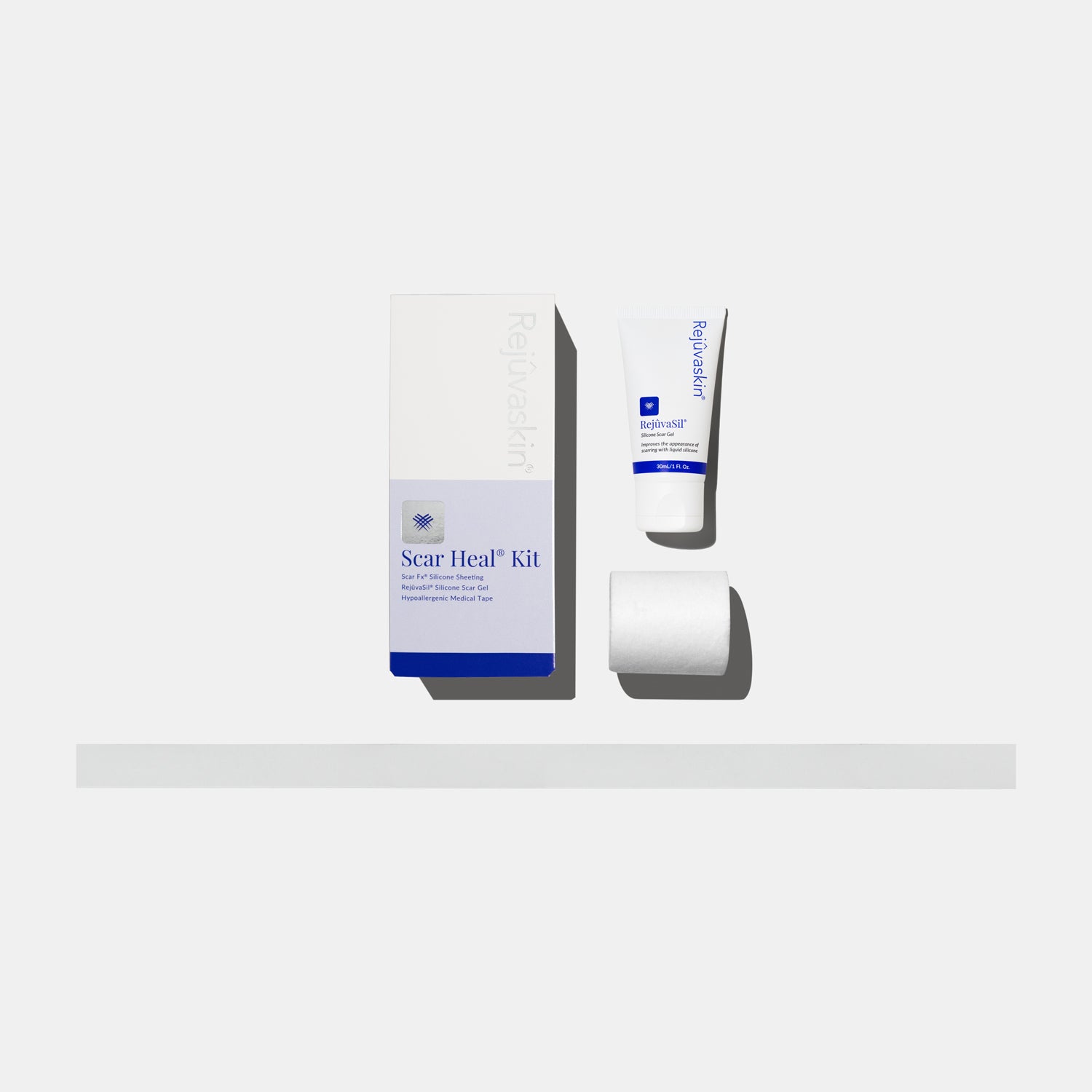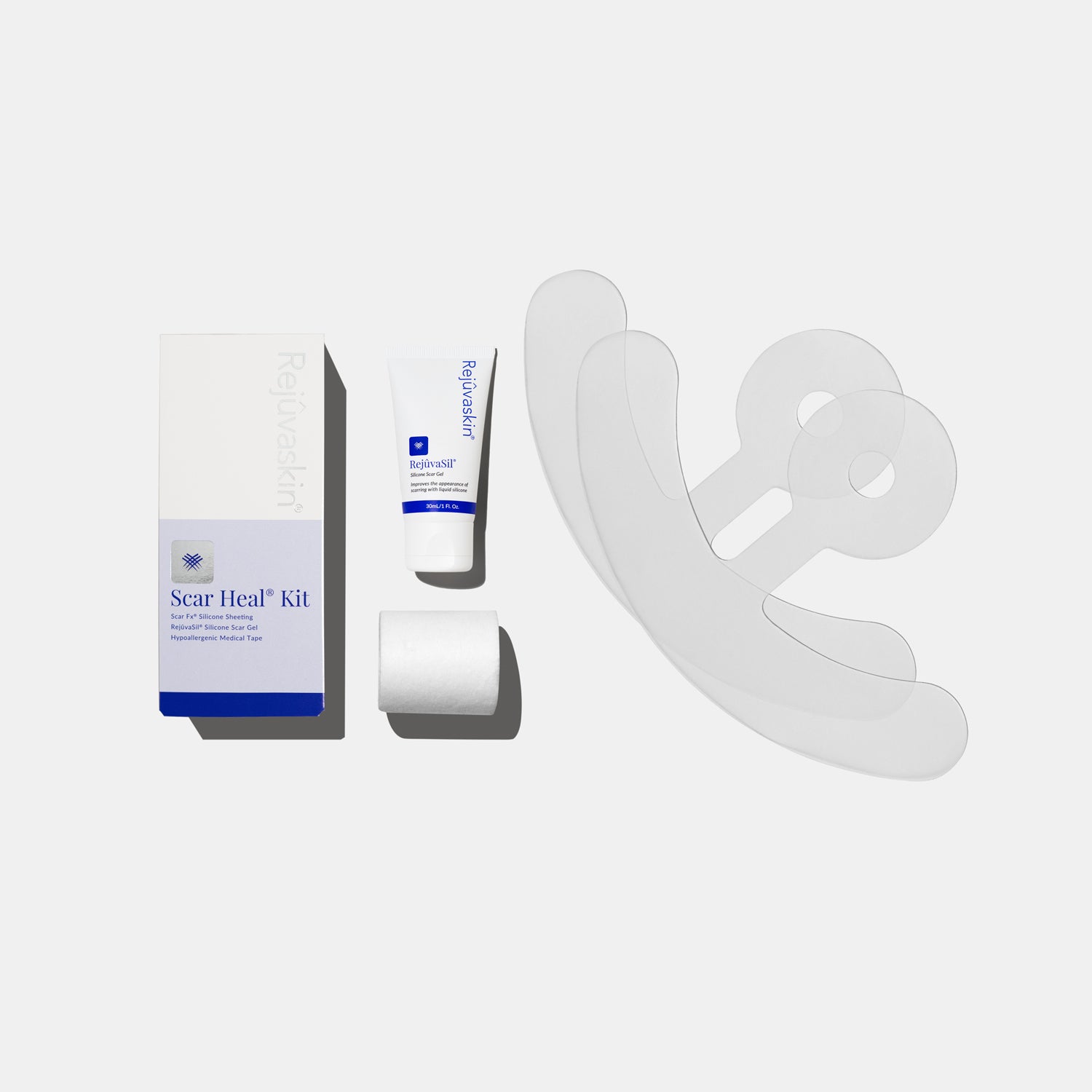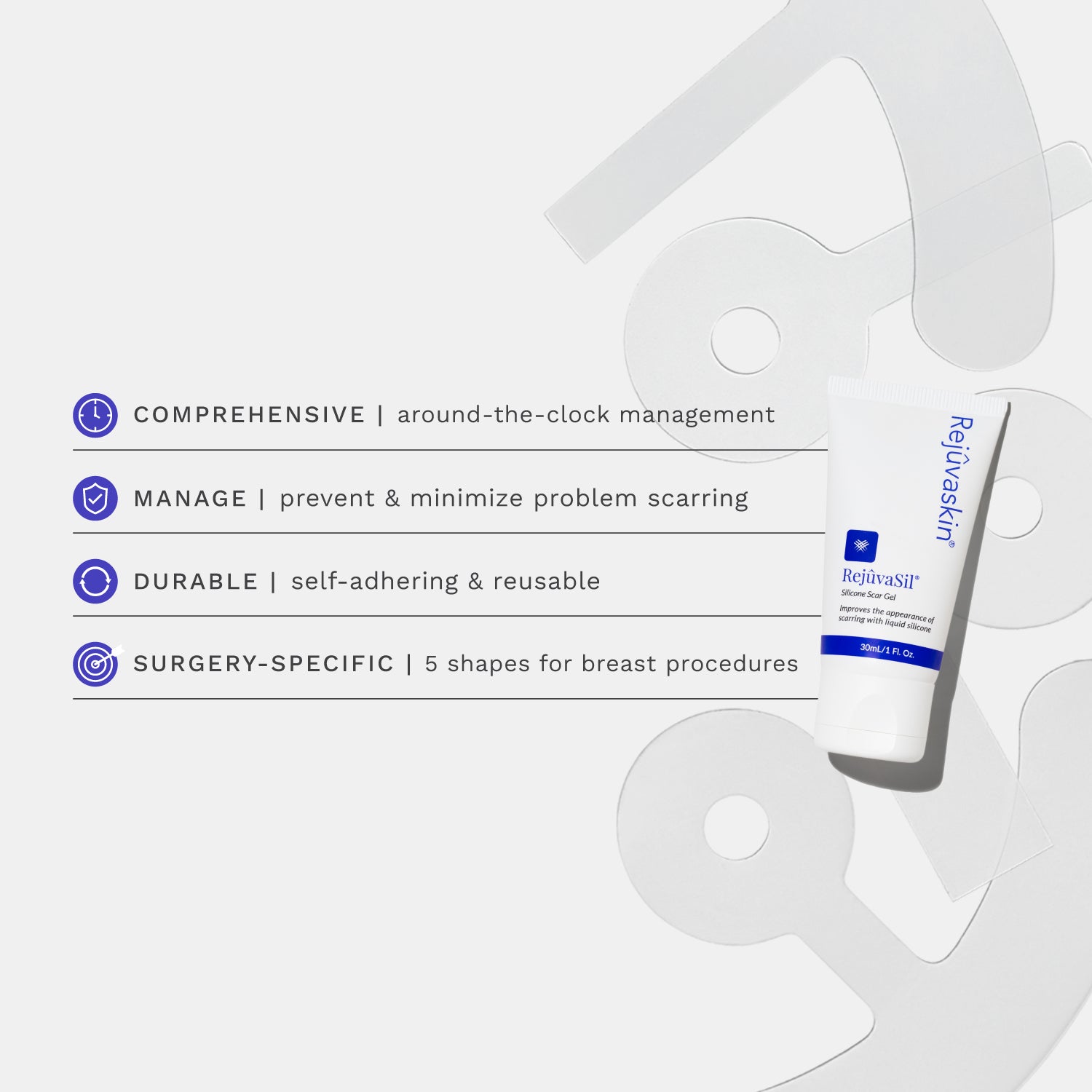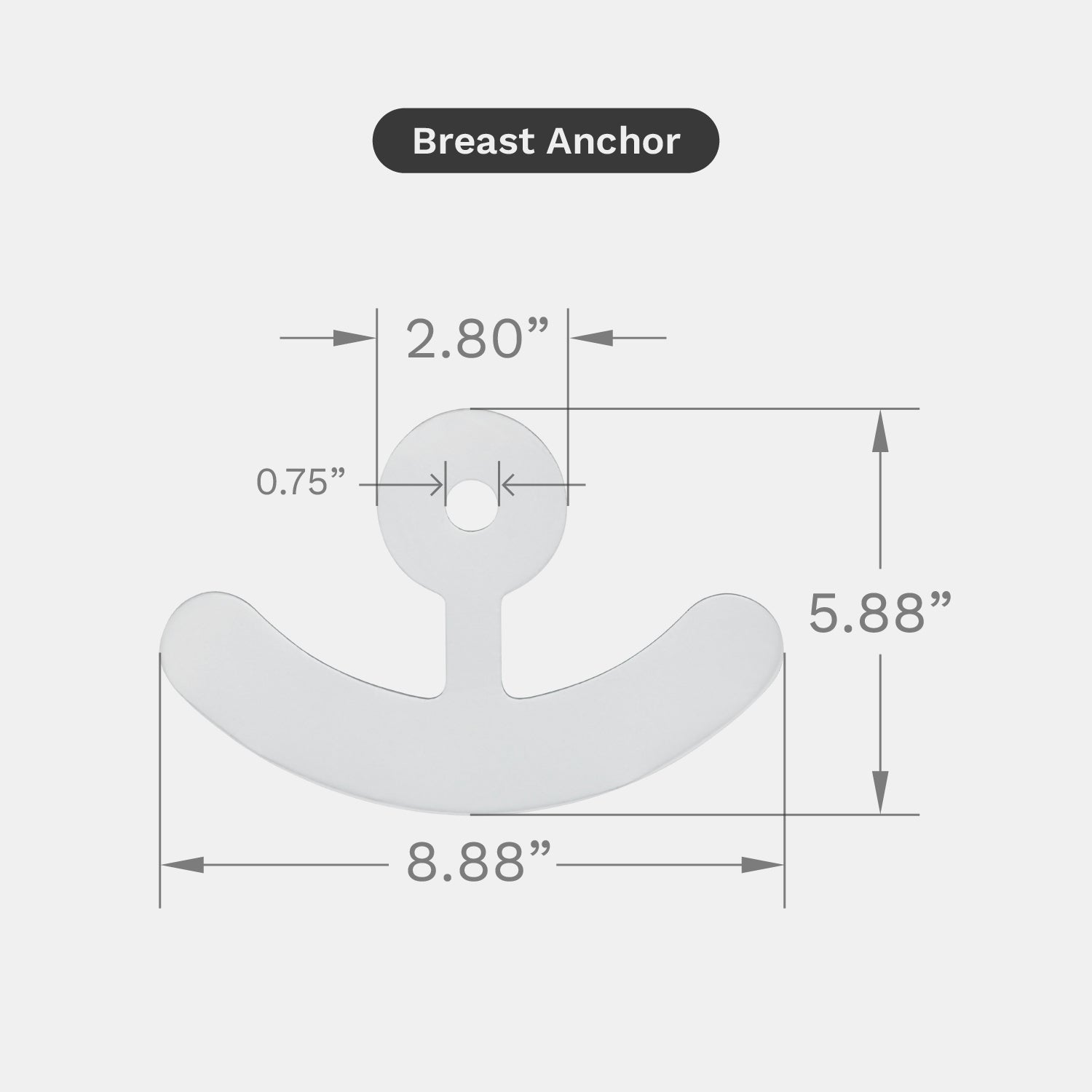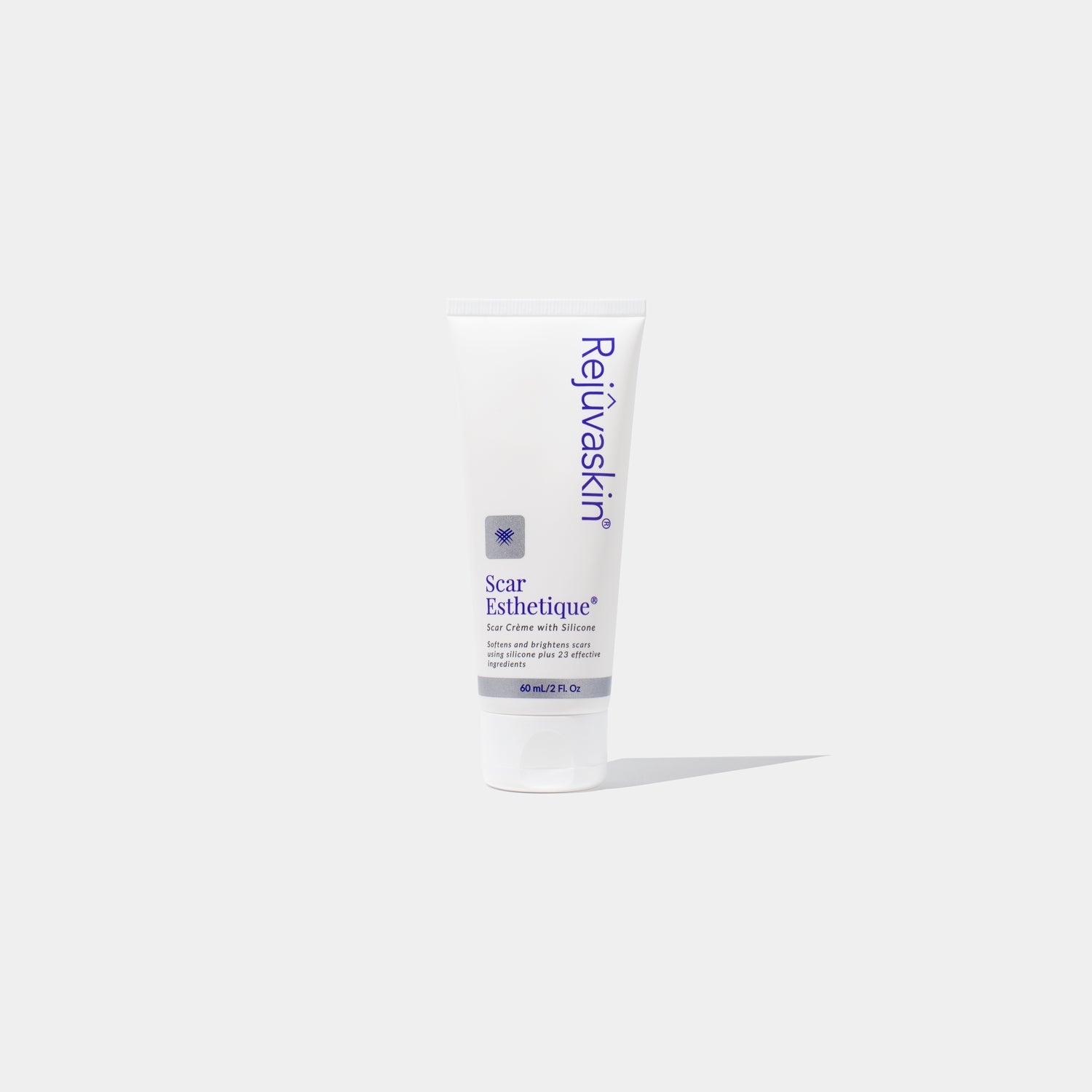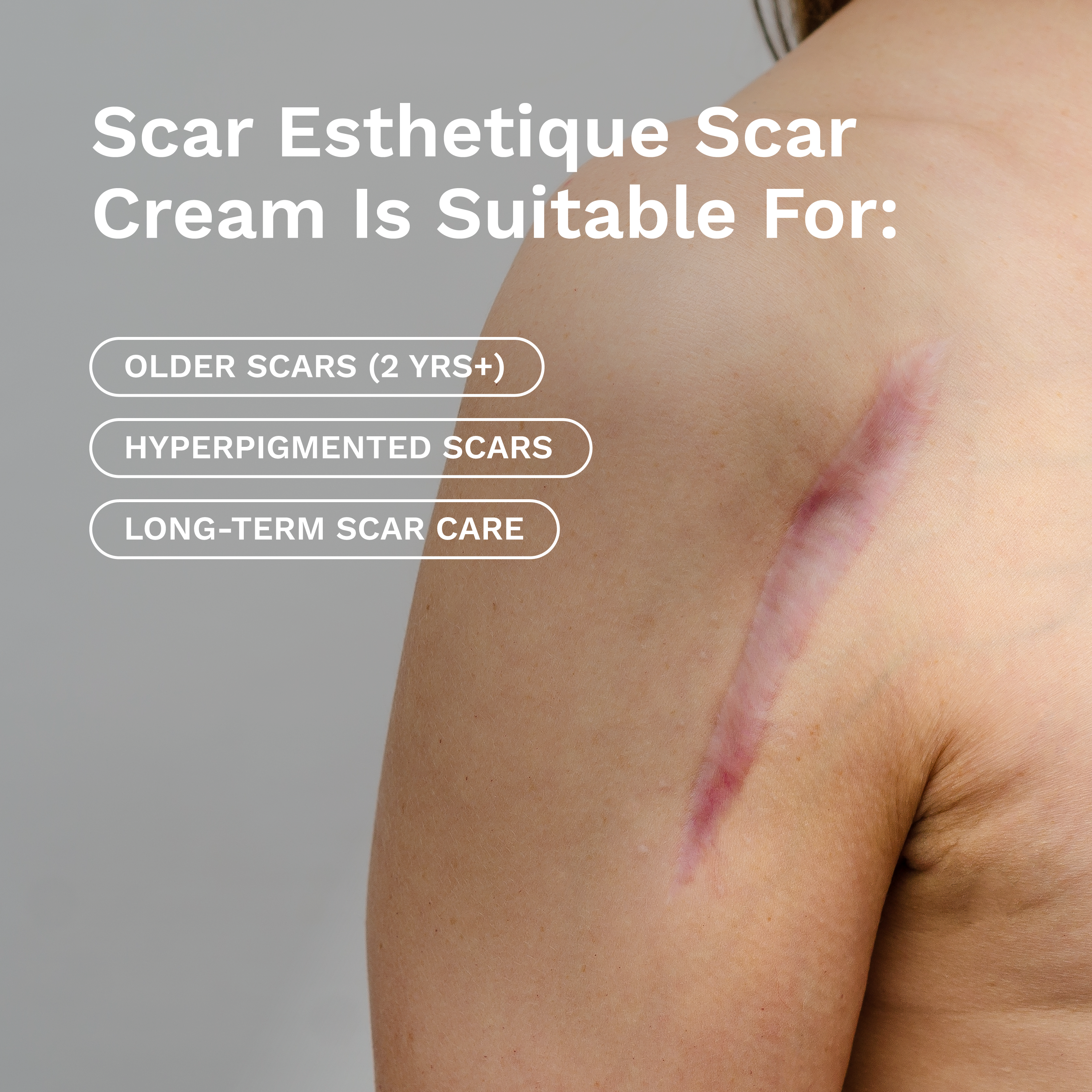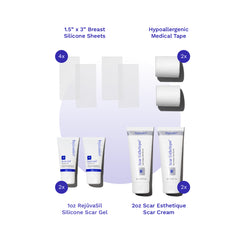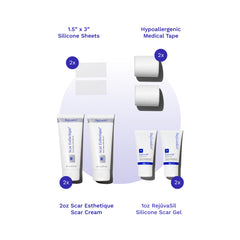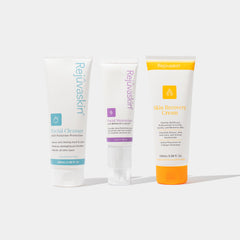National Scar Appreciation Day, observed annually on October 22, was founded by Justine Faeth in 2019. This day encourages individuals to embrace their scars as symbols of resilience and personal journeys. Faeth initiated this observance after experiencing multiple surgeries and health challenges, seeking to help others view their scars as part of their healing and survival stories (Days of the Year, 2025).
Understanding Scar Formation
Scar formation is a natural part of wound healing, progressing through four overlapping phases: hemostasis, inflammation, proliferation, and remodeling. During these stages, various cells and signaling pathways contribute to tissue repair. Understanding these processes is crucial for healthcare professionals to guide patients toward optimal outcomes (National Day Archives, 2024).
Factors Influencing Scar Quality and Healing
The appearance of scars is influenced by several factors:
-
Wound Characteristics: Depth, size, and location affect healing and final scar appearance.
-
Patient Factors: Age, genetics, and skin type contribute to scar variability.
-
Treatment Methods: Early and consistent interventions can significantly improve outcomes. Evidence supports silicone-based therapies to manage both new and older scars. Products like Rejuvaskin’s Scar Heal Kit, which combines reusable Scar Fx Silicone Sheeting with RejuvaSil Silicone Scar Gel, help maintain hydration and support collagen remodeling during the critical early healing period. For older scars, the Scar Esthetique Silicone Scar Cream can help address discoloration and texture irregularities while supporting overall skin health.
Strategies for Healthcare Professionals
Healthcare providers can improve scar outcomes through:
-
Preoperative Planning: Positioning incisions along natural skin tension lines and identifying high-risk patients.
-
Surgical Technique: Minimizing dermal trauma and using layered closure techniques to reduce tension.
-
Postoperative Care: Guiding patients in consistent scar management, including silicone-based therapies. Encouraging use of Rejuvaskin’s silicone sheeting or silicone gel immediately after the wound has epithelialized can help flatten scars, improve color, and support remodeling.
National Scar Appreciation Day serves as a reminder to both patients and providers of the importance of thoughtful scar care. Early interventions, patient education, and consistent use of evidence-based silicone products like Rejuvaskin’s Scar Heal Kit and Scar Esthetique Silicone Scar Cream can help optimize scar outcomes, turning marks of healing into symbols of resilience.
References
Cho, J., Lee, J., & Park, J. (2024). Increased patient compliance with silicone gel sheeting and topical silicone gel for hypertrophic scar improves scar outcomes. Journal of Wound Management and Research, 20(2), 128-136.
Days of the Year. (2025). Scar appreciation day (October 22nd). https://www.daysoftheyear.com/days/scar-appreciation-day/
Mayrhofer, M., Kamolz, L.-P., & Smolle, C. (2024). An update on molecular mechanisms of scarring. International Journal of Molecular Sciences, 25(21), 11579.
National Day Archives. (2024). National Scar Appreciation Day. https://www.nationaldayarchives.com/day/national-scar-appreciation-day/
